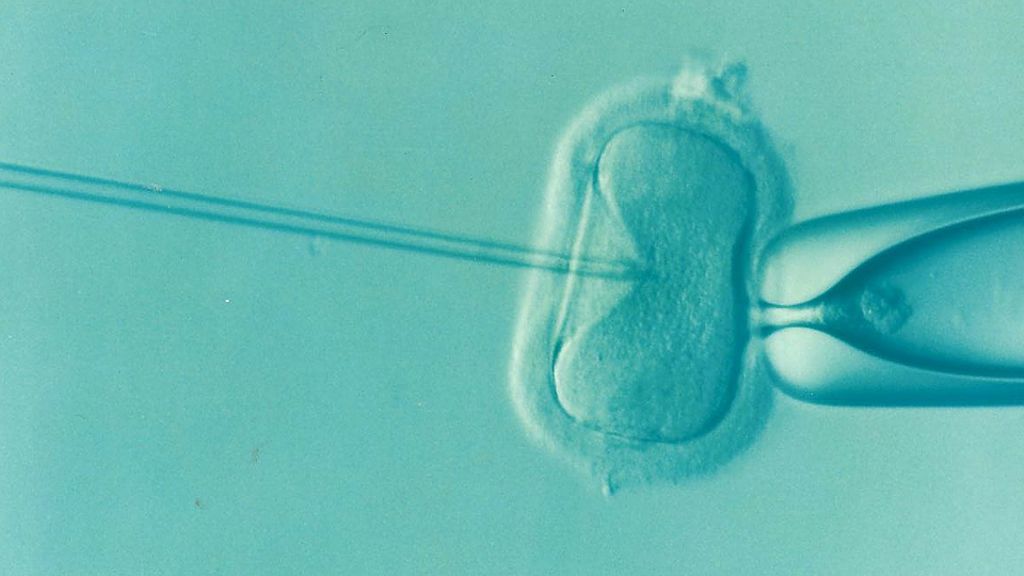
Australian researchers from the University of Adelaide and the medical technology company, Fertilis, have created a new micro device that has the potential to increase the availability and the success of male infertility treatment ICSI.
ICSI or Intracytoplasmic Sperm Injection is a slow and difficult fertility procedure that involves injecting a single sperm into an egg to achieve fertilisation and is often utilised by fertility doctors to treat infertility in men, particularly those with very low or nonexistent sperm counts.
Lead researcher Kylie Dunning from the Adelaide University’s Robinson Research Institute said in an email to The Epoch Times that ICSI can only be performed by experienced embryologists. Embryologists are scientists that retrieve and develop the embryos used in fertility treatments.
“Successful fertilisation following ICSI is dependent on how many times the embryologist has performed the procedure before,” Dunning said.
“Our new device removes the need for the holding pipette and holds up to 10 eggs in segregated positions for quicker injection, making it easier for embryologists to track and avoid the risk of errors.”
She said that the new device would improve the accessibility of ICSS by eliminating the need for the well-trained staff and quality operating conditions that some IVF laboratories lack. The device will also cut treatment time in half and will allow embryologists with less training to perform the procedure with less expensive equipment, opening up ICSS to more patients.
How the Device Improves ICSI
“A problem with the current ICSI technique is separating injected and uninjected eggs during the procedure,” device inventor and Fertilis co-founder, Prof. Jeremy Thompson, said in an email to The Epoch Times.
Thompson said that ICSI requires a “holding pipette”—a thin glass tube that has been manufactured with a rounded bevel on the end to perform as the egg’s “seat.” The embryologists will then apply a little suction to the pipette allowing it to hold the egg in position during the injection process, which is carried out by a horizontally aligned “injection pipette.”
By Lily Kelly







